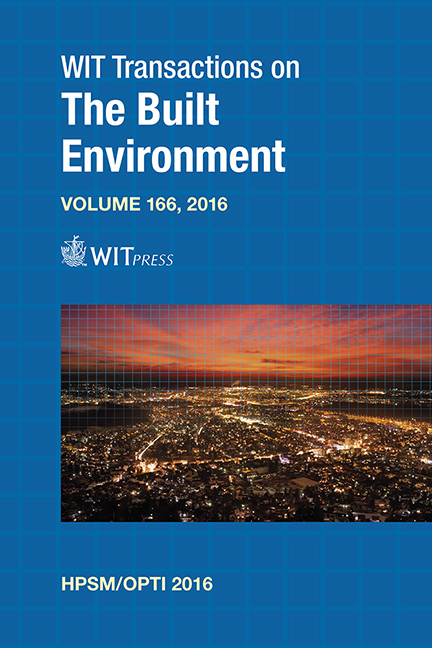The Effect Of ER4043 And ER5356 Filler Metal On Welded Al 7075 By Metal Inert Gas Welding
Price
Free (open access)
Transaction
Volume
166
Pages
12
Page Range
213 - 224
Published
2017
Size
1,074 kb
Paper DOI
10.2495/HPSM160191
Copyright
WIT Press
Author(s)
M. N. M. Salleh, M. Ishak, L. H. Shah, S. R. A. Idris
Abstract
Al 7075 is widely used in the automobile and aviation industry due to its light weight, strength, and good durability. Fusion welding such as metal inert gas (MIG) is commonly used in joining aluminium alloys. It was used because of its low cost and is generally used by welders. However, defects usually occurred using fusion welding because of improper welding parameters and the types of filler metal used. The purpose of the study is to investigate the effect of filler metal and welding parameters on the mechanical properties of welded Al 7075. The welding parameters used are current, voltage, welding speed, and Argon (Ar) as shielding gas. Two different types of filler metal, namely, Electrode Rod (ER) 4043 and ER5356 have been used. From microstructure analysis, the fusion zone (FZ) of a sample welded with ER4043 has a smaller grain size than that of one welded with ER5356. Both fillers produce equiaxed dendritic grain at FZ. Both samples welded with ER4043 and ER5356 have a lower hardness value than the heat affected zone (HAZ) and base metal (BM) due to the differences in their main elements where ER4043 is Al-Si and ER5356 is Al-Mg. The weld efficiency of a sample welded using ER5356 was 61% which was higher compared with a sample welded using ER4043, which is 43% and both samples were brittle fractured. The sample welded with ER5356 was fractured at HAZ due to porosity while the sample welded with ER4043 fractured at FZ due to the oxide inclusion at FZ.
Keywords
Al 7075, ER4043, ER5356, MIG, mechanical properties, microstructure analysis





